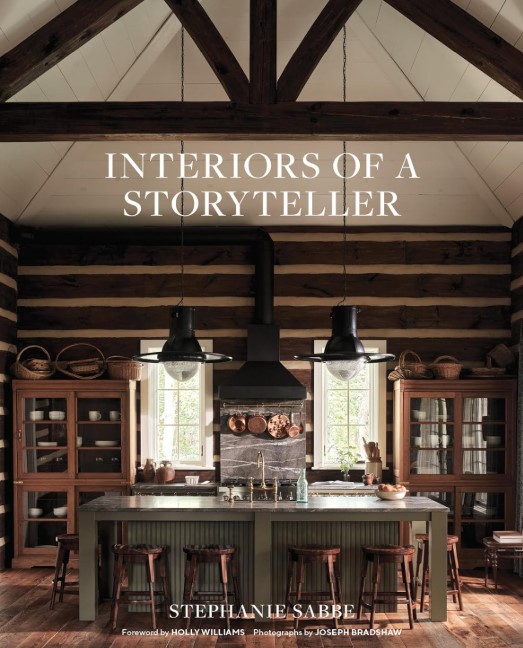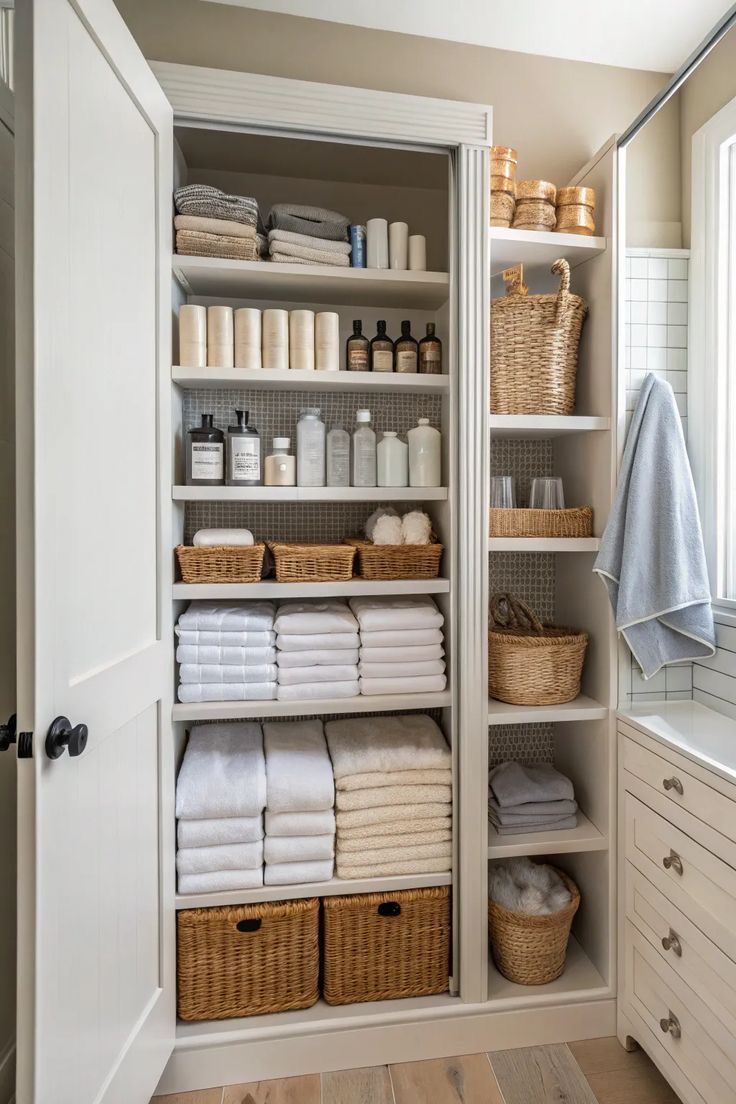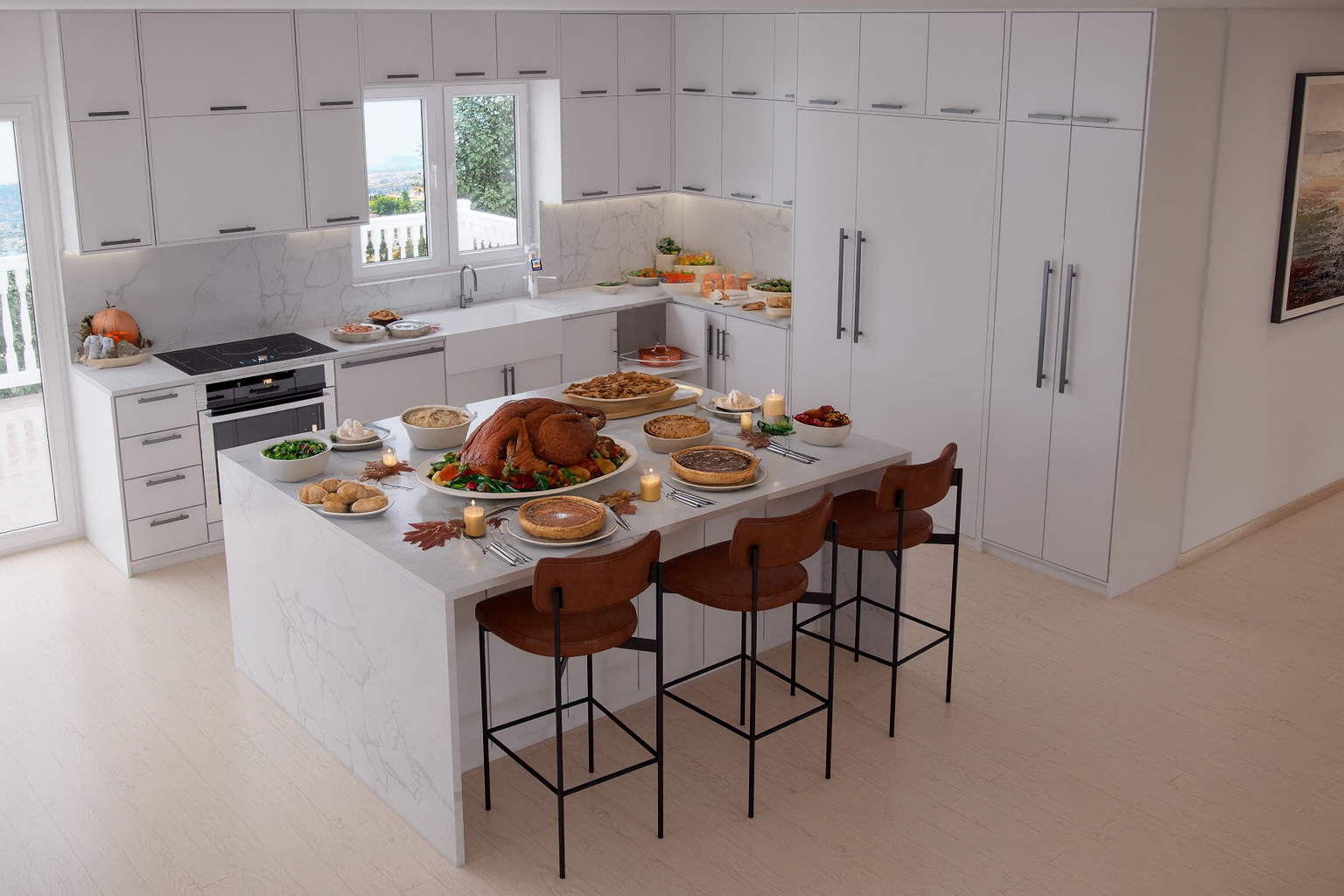Art is a powerful way to express personality, set the tone of a room, and tie together a space's overall design. However, selecting the right artwork for your home can be a daunting task, with countless options to consider in terms of style, size, color, and placement. This guide will help you navigate the process of choosing artwork that complements your home’s décor while reflecting your personal taste.
.webp)
Understand Your Space
Before choosing artwork, it’s important to understand the space where it will be displayed. Consider the room’s purpose, size, and existing color scheme. For example, a large statement piece might be ideal for a living room with high ceilings, while a series of smaller, cohesive pieces could work well in a hallway or bedroom. Additionally, think about the room’s lighting. Natural light can enhance the colors in your artwork, while darker rooms might require brighter pieces to add vibrancy.
Reflect Your Personal Style
Your home’s artwork should be a reflection of your personal style and taste. Start by considering the overall aesthetic of your home—is it modern, traditional, eclectic, or minimalistic? Choose art that aligns with this style. For instance, abstract or contemporary art pieces can add a modern touch to your space, while landscapes or portraits may suit a more traditional or classic décor. Don’t be afraid to let your personality shine through in your art selection; after all, your home should be a place that feels uniquely yours.

Play with Color and Contrast
The color of your artwork is key to creating harmony or contrast in your space. If your room has a neutral palette, bold, colorful artwork can act as a focal point and bring energy into the space. Conversely, if your room is already vibrant, consider art in softer, complementary colors to create balance. You can also use artwork to echo accent colors in your décor, tying the room together seamlessly. Remember that the frame choice also impacts the overall look—sleek black or metallic frames work well in modern spaces, while wooden frames add warmth to traditional or rustic settings.
Consider the Size and Scale
Scale is crucial when selecting artwork. A piece that is too small can feel lost on a large wall, while one that is too large can overwhelm a space. To choose the right size, consider the wall area and furniture placement. As a general rule, your artwork should take up about two-thirds to three-quarters of the wall space above a piece of furniture. For gallery walls or arrangements of multiple pieces, ensure they are spaced evenly and form a cohesive group. In smaller spaces, such as bathrooms or entryways, smaller art pieces or vertical arrangements can be more appropriate.
.webp)
Mix and Match
Don’t feel restricted to one type or style of art. Mixing different mediums—such as paintings, photography, and prints—can add depth and interest to your home. Consider combining different styles as well; a modern abstract painting can look striking next to a vintage poster or a black-and-white photograph. The key is to find a unifying element, such as a common color or theme, that ties the diverse pieces together. This approach can create a more dynamic and layered look in your home.
Choosing the right artwork for your home is about more than just filling empty walls. It’s an opportunity to express your personality, enhance your space’s design, and create an environment that feels uniquely yours. By considering factors like your space, personal style, color, scale, and the mix of art styles, you can curate a collection that brings your home to life.

.webp)







